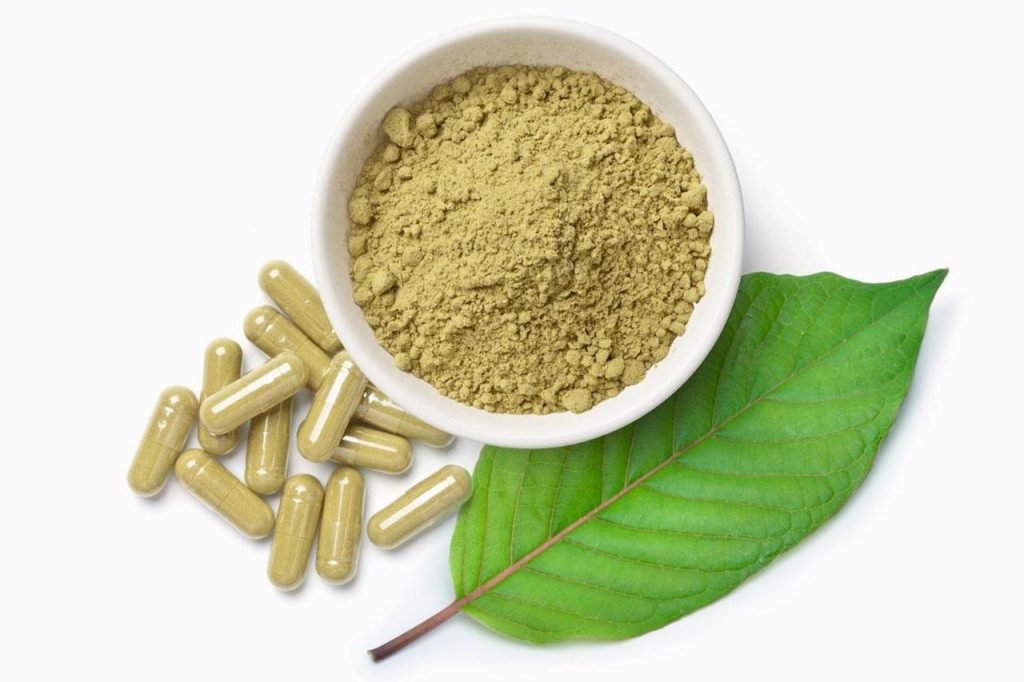Tree to Supplement – Fascinating Journey of Kratom Products in Modern Wellness
Kratom, a tropical tree native to Southeast Asia, has gained increasing attention in the modern wellness landscape for its unique properties and potential benefits. Traditionally, the leaves of the Kratom tree have been used for centuries by indigenous communities in countries like Thailand, Indonesia, and Malaysia. These communities have relied on Kratom for its stimulant and analgesic properties, utilizing the plant to combat fatigue, relieve pain, and even as a ceremonial herb. Today, Kratom is making its way into the global wellness scene, particularly in the form of various products such as powders, capsules, and teas, which are marketed as natural supplements. The journey of Kratom from a traditional herbal remedy to a modern wellness supplement is both fascinating and complex. As it enters mainstream markets, Kratom is increasingly being recognized for its potential to manage pain, boost energy, and enhance mood. The leaves of the Kratom tree contain alkaloids like mitragynine and 7-hydroxymitragynine, which interact with opioid receptors in the brain, resulting in effects that range from mild stimulation to sedation, depending on the dosage. This versatility makes Kratom a popular choice among those seeking natural alternatives for pain relief, anxiety reduction, or even as a substitute for prescription opioids.

One of the most compelling aspects of premium bali kratom rise in the wellness world is its dual capacity to act as both a stimulant and a sedative. At lower doses, Kratom is known to provide an energy boost, similar to that of caffeine, making it an appealing option for those looking to enhance their productivity or combat fatigue naturally. Conversely, at higher doses, Kratom’s sedative effects take precedence, offering a calming and relaxing experience that some users find helpful for managing stress, anxiety, or chronic pain. This dual action has led to Kratom being dubbed a two-faced plant, one that can adapt to the varying needs of its users. However, the journey of Kratom into the wellness mainstream has not been without controversy. The growing popularity of Kratom products has raised concerns among regulatory agencies and medical professionals, particularly regarding safety, potential for addiction, and lack of standardization in the production of Kratom supplements. In some countries, Kratom has faced bans or heavy restrictions, largely due to concerns about its potential misuse and the lack of extensive clinical research to back up its purported benefits. In the United States, Kratom exists in a legal gray area, with some states banning its sale while others allow it, often under strict regulations.
Despite these challenges, the Kratom industry continues to thrive, driven by consumer demand and anecdotal evidence of its benefits. Many users advocate for Kratom as a valuable tool in their wellness routines, particularly those who have found relief from chronic pain, anxiety, or opioid withdrawal symptoms. The rise of online communities and advocacy groups has also played a significant role in spreading awareness and educating the public about Kratom, further fueling its integration into modern wellness practices. As Kratom continues to gain traction in the wellness world, it stands as a testament to the growing interest in natural and plant-based alternatives to conventional medicine. While its journey is still unfolding, Kratom’s roots in traditional medicine combined with its evolving role in contemporary wellness make it a fascinating subject of study and debate. The future of Kratom will likely depend on the balance between consumer advocacy, scientific research, and regulatory oversight, as the world seeks to understand and harness the full potential of this remarkable plant.